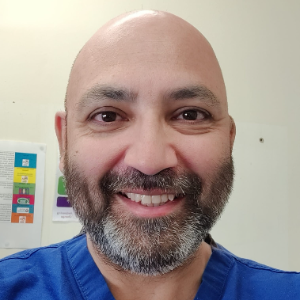Shoulder Arthroscopy
Shoulder Arthroscopy is a minimally invasive surgical technique in orthopaedics used to diagnose and treat various shoulder conditions. During this procedure, a small camera (arthroscope) is inserted through tiny incisions, allowing orthopedic surgeons to visualize the interior of the shoulder joint on a monitor. Orthopedic surgeons commonly perform shoulder arthroscopy for conditions like rotator cuff tears, labral tears, impingement syndrome, and shoulder instability. The arthroscope helps guide the surgeon in performing repairs or procedures, such as debridement, ligament repair, or removal of loose bodies within the shoulder joint.
Advantages of shoulder arthroscopy include smaller incisions, reduced tissue damage, and faster recovery times compared to traditional open surgery. Patients often experience less postoperative pain and have the potential for an earlier return to normal activities. Rehabilitation after shoulder arthroscopy is a crucial aspect of the recovery process, involving physical therapy to restore shoulder strength, range of motion, and overall function. Orthopedic specialists use shoulder arthroscopy as a versatile and effective tool for both diagnostic and therapeutic purposes, addressing a wide range of shoulder pathologies with precision and minimal invasiveness.

Stephen S Tower
University of Alaska Anchorage, United States
Marcos Brioschi
American Academy of Thermology, United States
Wagih El Masri
Keele University, United Kingdom
Arif Akkok
Lake Erie College of Osteopathic Medicine, United States
Akash Ganguly
Warrington and Halton Hospitals NHS FT, United Kingdom
Sajid Ali
The Dudley Group NHS Foundation Trust, United Kingdom




Title : The UK profemur recall and implant cobaltism
Stephen S Tower, University of Alaska Anchorage, United States
Title : The tomographic phenotype and the genotype of wormain bones
Ali Al Kaissi, National Ilizarov Medical Research Center for Traumatology and Orthopaedics, Russian Federation
Title : New treatment of muscle contracture and joint contracture through muscle regeneration with mitochondrial dynamics
Ki Ji Lee, Busan Medical University, Korea, Republic of
Title : New treatment of sarcopenia through muscle regeneration with mitochondrial dynamics
Ki Ji Lee, Busan Medical University, Korea, Republic of
Title : The prevalence and association of self-reported depression symptoms with musculoskeletal pain and quality of life among pregnant women
Youssef Masharawi, Tel Aviv University, Israel
Title : Bipolar hemiarthroplasty under local anesthesia (2%)
Ketan Karabhai Parmar, Aayush Multispecialty Hospital, India